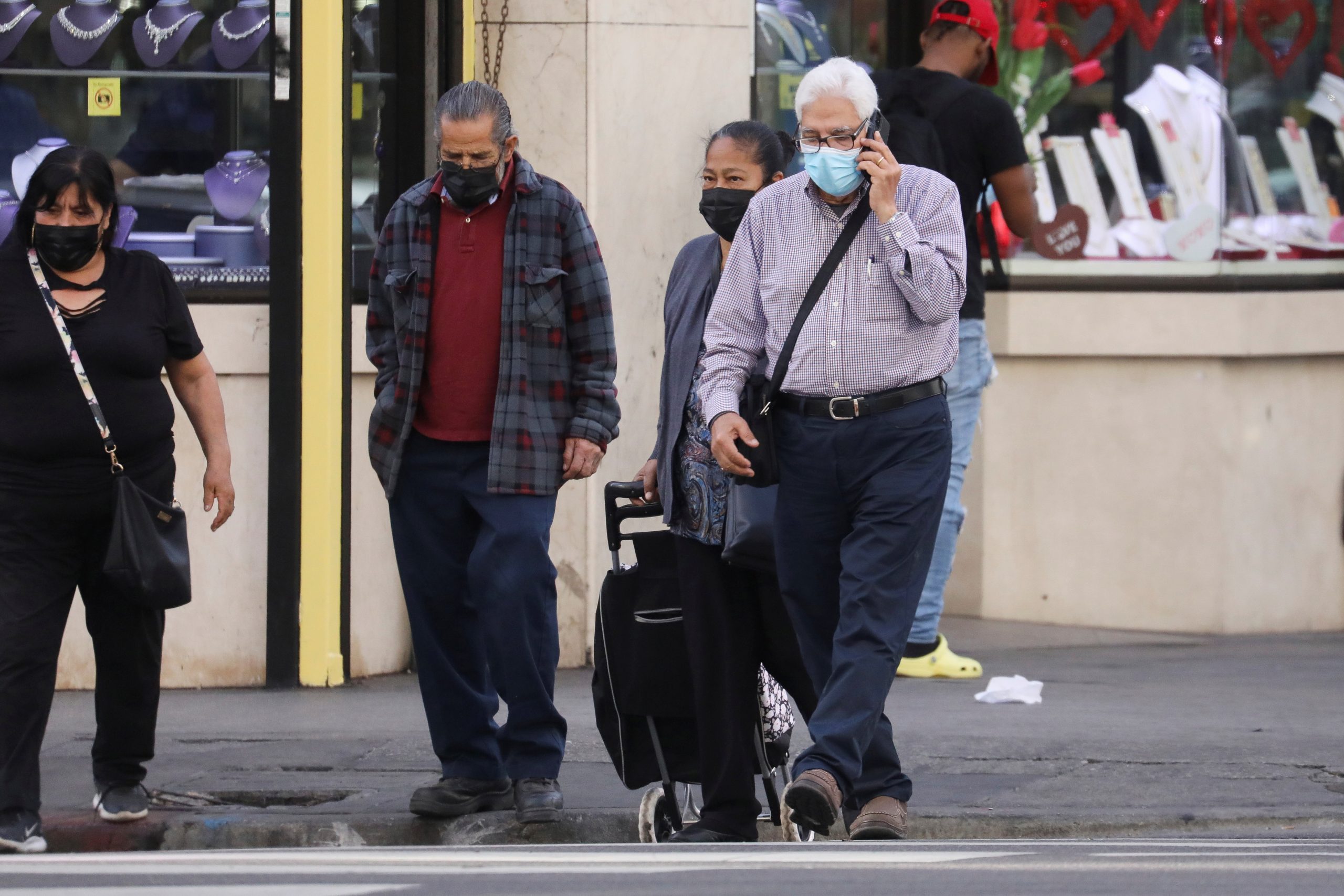
[elfsight_social_share_buttons id=”1″]
About one-in-three COVID-19 cases in the United States are now caused by the BA.2 Omicron sub-variant of the coronavirus, according to government data on Tuesday that also showed overall infections still declining from January’s record highs.
Despite the rise of the extremely contagious sub-variant also seen in other countries, U.S. health experts say a major wave of new infections here appears unlikely.
U.S. COVID-19 infections have receded sharply since January, although a resurgence in parts of Asia and Europe have raised concerns that one will follow in the United States given previous patterns during the two years of the pandemic.
In the Northeast, including New Jersey, New York and Massachusetts, Omicron BA.2 now makes up more than half the cases, according to data from the U.S. Centers for Disease Control and Prevention (CDC).
It accounted for 35% of U.S. infections for the week ending March 19, CDC said. That compares with 22.3% for the week ending March 12, which was revised down from 23.1%, according to a CDC model that estimates proportions of circulating variants.
Top U.S. infectious disease official Dr. Anthony Fauci said at a Washington Post event on Tuesday that he does not believe there will be a major surge soon, “unless something changes dramatically.”
Still, Fauci noted that cases in the United States generally lag around three weeks behind the United Kingdom, “so if we are going to see an uptick, we should start seeing it within the next week or so.”
Daniel Kuritzkes, chief of division of infectious diseases at Boston’s Brigham and Women’s Hospital, said there was no evidence yet that the rise of BA.2 is pointing to an increase in cases.
“I think the one concern and where people need to remain vigilant is that as we have relaxed many restrictions around masking and gathering, there is a potential opportunity for BA.2 or any variant to gain a foothold,” Kuritzkes said.
The sub-variant is more transmissible than the Omicron BA.1 variant that caused the massive winter surge, the World Health Organization (WHO) has said. It does not appear to cause more severe disease, however, and early data showed that infection with BA.1 offers strong protection against reinfection with BA.2, the WHO said.
As of March 19, the seven-day moving average of U.S. COVID-19 cases was 27,747, down nearly 18% from a week earlier.
Most of the country is considered to be in low COVID transmission, according to new CDC guidelines introduced last month that emphasized hospital capacity over case counts. And most people ware advised they no longer need to wear masks indoors.
‘NO EVIDENCE FOR A WAVE’ IN WASTEWATER
The Institute for Health Metrics and Evaluation (IHME) at the University of Washington, which updated its closely watched projection on Monday, does not expect a U.S. big surge of coronavirus cases in the coming weeks.
“However, it is possible that the rapid return to pre COVID-19 behavior and the spread of BA2 could see a short period of increasing case numbers,” tweeted Ali Mokdad, professor at the University of Washington.
Testing of wastewater samples for the coronavirus has proven to be an effective early gauge of coming increases in COVID-19 cases, sometimes spotting new infection surges days or even weeks ahead of human testing data.
Biobot Analytics has been testing sewage around the United States for the virus since March 2020, and currently is monitoring over 200 sites in about 40 states.
“As of right now, there’s no evidence for a wave in the wastewater data,” Biobot Analytics Chief Executive Mariana Matus said.
“Just to give a sense of context, the level of the virus in the wastewater was rising about 100-fold faster during the first Omicron wave in December as compared to now,” Matus said.
New York City is moving ahead with dropping more mitigation plans. Mayor Eric Adams said on Tuesday that masks will now be optional for children ages 2 to 4 in schools and daycare facilities starting on April 4. Children below age 5 are not yet eligible for COVID vaccination.
The seven-day positivity rate in New York City’s schools was 0.15% last week, according to the city’s Department of Education. The city’s seven-day positivity rate for all ages was 21% at the height of the last surge.
“Our schools have been among the safest places for our children since the beginning of the pandemic,” Adams said in a statement, “and we will only remove this requirement if the science says that it is safe to do so.”
Copyright 2022 Thomson/Reuters
